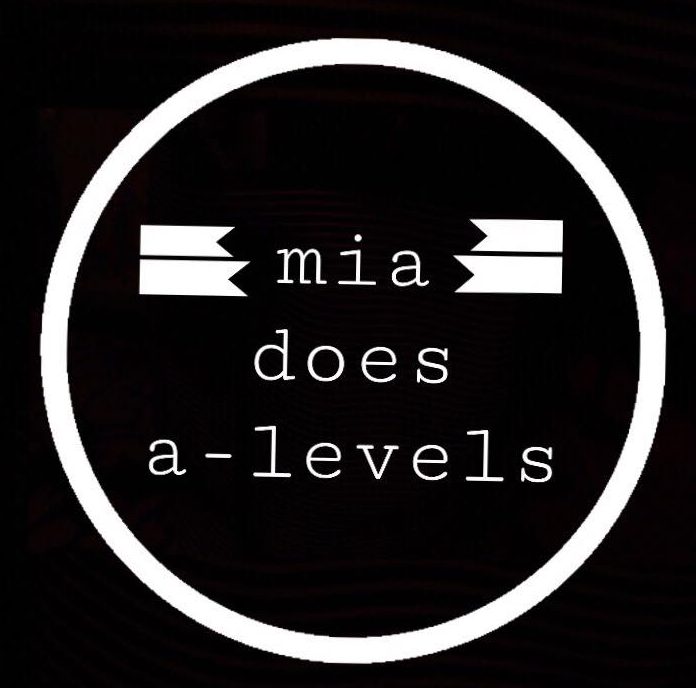Photosynthesis – method by which photoautotrophs use light energy to produce ATP via photophosphorylation in order to anabolise sugars
6 CO2 + 6 H2O + photons → C6H12O6 + 6 O2
Two reactions involved: dependent and independent .
Energy is trapped by chlorophyll and used to:
- Split apart dtrong bonds in water molecules to release hydrogen
- Produce ATP
- Reduce a substance called NADP
After, ATP and NADP are added to carbon dioxide, to produce carbohydrate molecules like glucose. Oxygen from split water molecule is a waste product released in the air.
Photolysis – light energy used to split H2O into H and O.
Photosynthesis takes place in chloroplasts. These have an outer and inner membrane called envelope. Light dependent reactions take place in the membranes called lamellae. Chlorophyll molecules are arranged in groups called photosystems; there are two kinds PS1 and PS2, each contains different kind of chlorophyll. Thylakoids are involved in photophosphorylation, the formation of ATP using energy from light.; they are often stacked in grana. Everything floats in the stroma, this is where the independent reactions take place.
Substances that were made in the chloroplasts but are not needed right away are stored in the starch grains or lipid droplets within the chloroplast.
Light dependent reactions
Chlorophyll molecules absorb energy light which excites electrons and raises their energy levels and they leave the chlorophyll, When this happens in PS1 and PS2, chlorophyll is photo-activated.
Non-cyclic phosphorylation
PS2 has an enzyme that carries photolysis – splits water to oxygen and hydrogen. Hydrogen atoms lose their electrons to become positively charged hydrogen ion (proton) – H+. The electrons are picked up by chlorophyll to replace the electrons they lost. Oxygen molecules join together and diffuse out of the leaf.
2 H20 => light => 4H+ + 4e- + O2
The electrons emitted are picked by electron carriers in membranes of the thylakoid, passed along a long chain of carriers losing energy on the way, This energy is used to make ADP which combined with a phosphate group forms ATP – photophosphorylation. At the end of carrier chain, electron picked up by PS1 to replace the electron the chlorophyll in PS1 lost.
Electrons from PS1 are passed along a different chain of carriers to NADP which also picks up the hydrogen uons from the splitt water to become reduced NADP.
Cyclic phosphorylation
Chloroplast shift to this when ATP supply drops and NADPH rises. Electron is emitted from PS1, passed along the electron transport chain then back to PS1. ATP is produced while it moves along the electron transport chain but no reduced NADP is produced.
Light-dependent reactions
Calvin Cycle
Takes place in the stroma of the chloroplast, rubisco enzyme is found there.
CO2 diffuses into stroma, it enters the active site of rubisco, combines a 5-carbon compound RuBP and results in two 3-carbon molecule – GP. Carbon fixation – combining of CO2 and RuBP.
Energy from ATP and hydrogen from reduced NADP are used to convert the GP into TP (reduced NAD becomes NADP and ATP becomes ADP+P), it is the first carbohydrate produced in photosynthesis.
Most of TP is used to produce RuBP so that more carbon dioxide can be fixed while the remaining is used to make glucose and other organic substances the cell requires such as starch, cellulose, amino acids, lipids, nucleotides.
